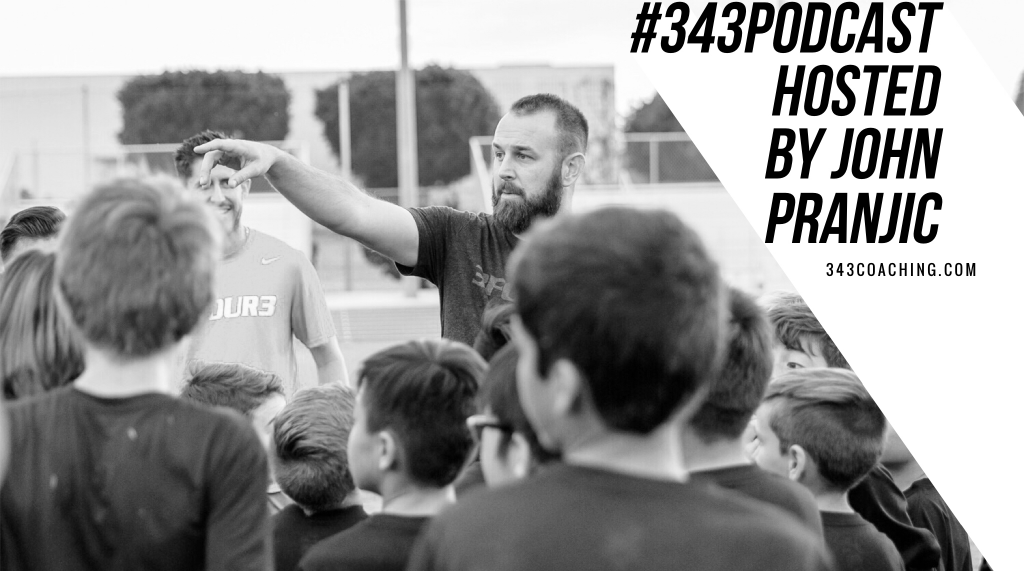

Coaches always want to try and find the players with a passion for the game, and a hunger to improve on their own time.
Because a good portion of any player’s work should take place at home. Meaning, lots of touches on the ball at varying intensities, distances, and using all the different surfaces of the foot.
I would put pickup games, kicking against a wall, juggling in the backyard, and different pieces of footwork through cones outside of structured practices all in this category.
The type of training one does most will have a heavy influence on their style of play, and their own individual flavor.
Moussa Dembele, a center mid for Tottenham, is known for his ability to dribble even in a crowded midfield, an ability honed while playing pickup as a player. He developed his own dribbling style this way:
“As a youngster in Antwerp, Dembele would play without goalposts, meaning the only way to score was stopping the ball on a line at either end of the pitch.
This is where he developed that trademark turn that wouldn’t look out of place in the figure skating world.
With a drop of the shoulder and a chop back on the ball with the outside of his foot, Dembele regularly acts out Swan Lake with boots on.”
Another example is Santi Cazorla, a player able to dribble, pass, shoot, even take set pieces with both feet. While players are encouraged to work on using both feet in every organized training session, that alone is not nearly enough to develop world-class ability like Cazorla’s:
“I always preferred my right foot,” he says. “Ever since I was young that was my preferred foot. Once I was a little bit hurt in my right ankle and therefore I started to use my left foot a lot more.
“What I would do after training is stay half an hour and kick the ball against a wall with my weaker foot over and over again to make sure it gets stronger. And young players should remember that everything comes from the base of hard work, so never give up. Being able to use both feet was something that came quite naturally to me ever since I started playing. However, it’s something I work on all the time to make sure that level never gets any lower.”
The pickup soccer culture isn’t the same in America as it is in Brazil or the Netherlands. Players may struggle to find games to play in at a moments notice here in the United States, but that shouldn’t stop them from inviting friends over to play with or trying to organize games on their own, or from going to find a wall and just playing by themselves.
Side note: I coach a U12 player who will play with grown men on Fridays at a park to get a game in!
Playing in the backyard with parents or siblings, getting the neighbors out to play, or organizing games at lunchtime at school are also good alternatives. I would also include joining a futsal team, Sunday League team, indoor team in this category of informal/pickup play.
Regardless of the method, players need to find a way to get thousands and thousands of touches on a ball at home and outside of the structured team training sessions.
Kicking against a wall is another staple in every soccer culture out there as a free way to get lots of reps, and get a feel for the ball with both feet, and every surface of the foot. Passing and shooting technique, first touch, receiving the ball to turn, juggling against a wall… the possibilities are limitless.
The main function of this type of training is to eliminate the ball as a variable in the decision-making process.
At the professional level, when the ball is passed towards a player, they don’t need to think about how they will control it, which foot they will use, how to counteract the spin on the ball. All of those details are processed instantly because of all the time they have spent with a ball their entire lives.
This is backed up in part by a study examining Neymar’s brain activity while moving his foot versus other soccer players, athletes, and regular population. This frees up players to focus on the positioning of the opposition, their teammates, where the goal is, etc.
We have all seen a young player receive the ball under pressure, and turn right into a defender. We all know the player made a poor decision, but more often than not, it is because they had to focus so much attention on controlling the ball, that they were unable to perceive the defender closing them down.
For younger players, up until maybe ages 12-14 (depending on the level), it is my opinion that most of their time outside of team training should be spent on training on their own, getting thousands of extras touches and hours worth of work, involving the activities that have been discussed.
Just the player and a ball should be enough most of the time, along with a wall, some form of pickup, or other informal play peppered in.
The dirty little secret about player development is that so much of it happens at home, with the kid (and the parents) away from a coach, and away from organized play.
Somebody like Messi or Neymar or Hazard didn’t develop to a world-class level because they played for the local academy 3 times a week for 90 minutes when they were 10 years old. Coaching absolutely plays a role in developing these players, but it is simply the tip of the iceberg.
This episode of the podcast is based on an article written by 3four3 member and practitioner Ian Lane.
More podcast episodes about individual player development:
- Listen to Tom Byer, a practitioner who specializes in skill development at the youngest ages, discuss the role of the player and parent in the development process.
- Listen to Yael Averbuch, a professional and national team player, talk about her routines and individual development process.

Coaching Education Program
This is brought to you by the 3four3 coaching education program.
Learn more and join over 400 coaches using our proven possession-based methodology.
Leave a Reply